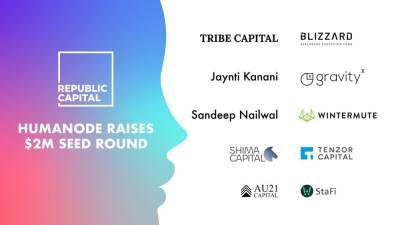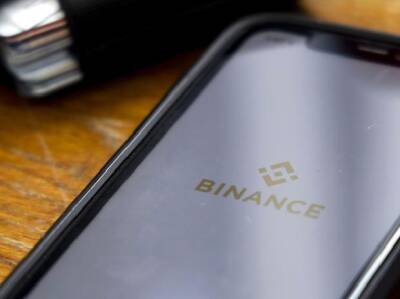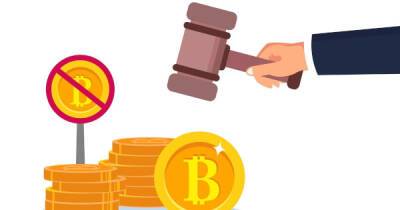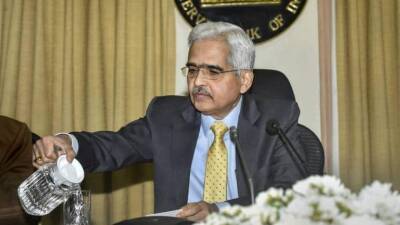What are virtual digital assets?
The government in the Union Budget for 2022-23 introduced new provisions aimed at taxing and tracking Virtual Digital Assets. Along with the framework for taxation, the Budget for the first time defined virtual digital assets.
The Finance Bill has defined virtual digital assets in the newly-inserted clause (47A) under Section 2 of the Income Tax Act, 1961.
Regardless of the nomenclature uses, VDA has been defined to mean any information or code or number or token generated through cryptographic means or otherwise. And which can be transferred, stored or traded electronically.
Apart from the above three criteria, one of the following two conditions needs to be fulfilled to qualify as a VDA.
The definition of VDA also specifically includes non-fungible token, i.e. NFT, or any other token of similar nature, by whatever name is called.
The definition of NFT will be specified by notification by the Central Government.
Generally speaking, an NFT is a digital asset that exists on a blockchain, allowing anyone to verify its authenticity and who owns it.
Digital art, images, videos, text, music and even virtual real estate and in-game items can be bought and sold as NFTs.
The Finance Bill also authorises the government to specify any other digital asset as a VDA or exclude any digital asset from the definition of VDA.
Notably, Indian currency and foreign currency as defined under the Foreign Exchange Management Act, 1999, have been excluded from the ambit of VDAs.
While VDA includes cryptocurrencies, the definition can cover a wide variety of digital assets which is implied by the wording ‘or otherwise’ in the phrase “generated through cryptographic means or otherwise”. The definition is also made exhaustive with the
Read more on business-standard.com














